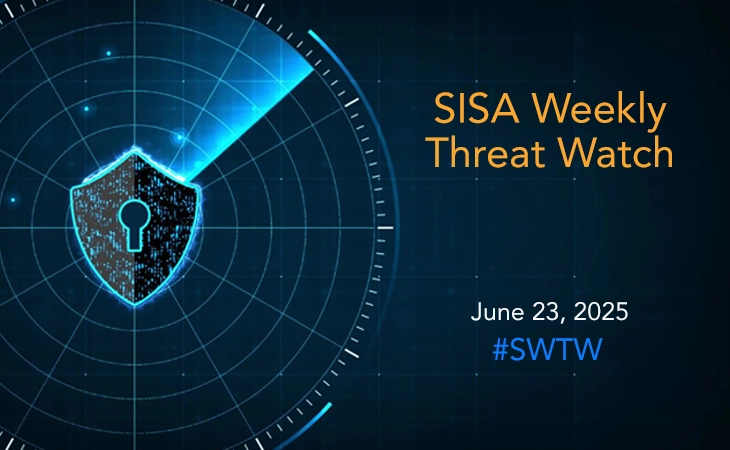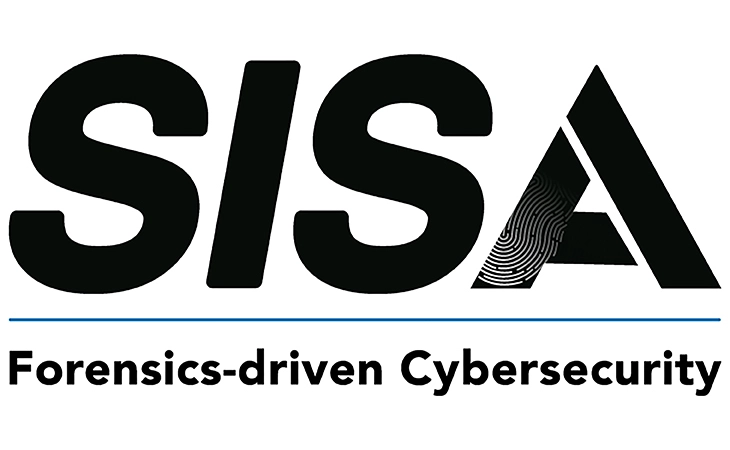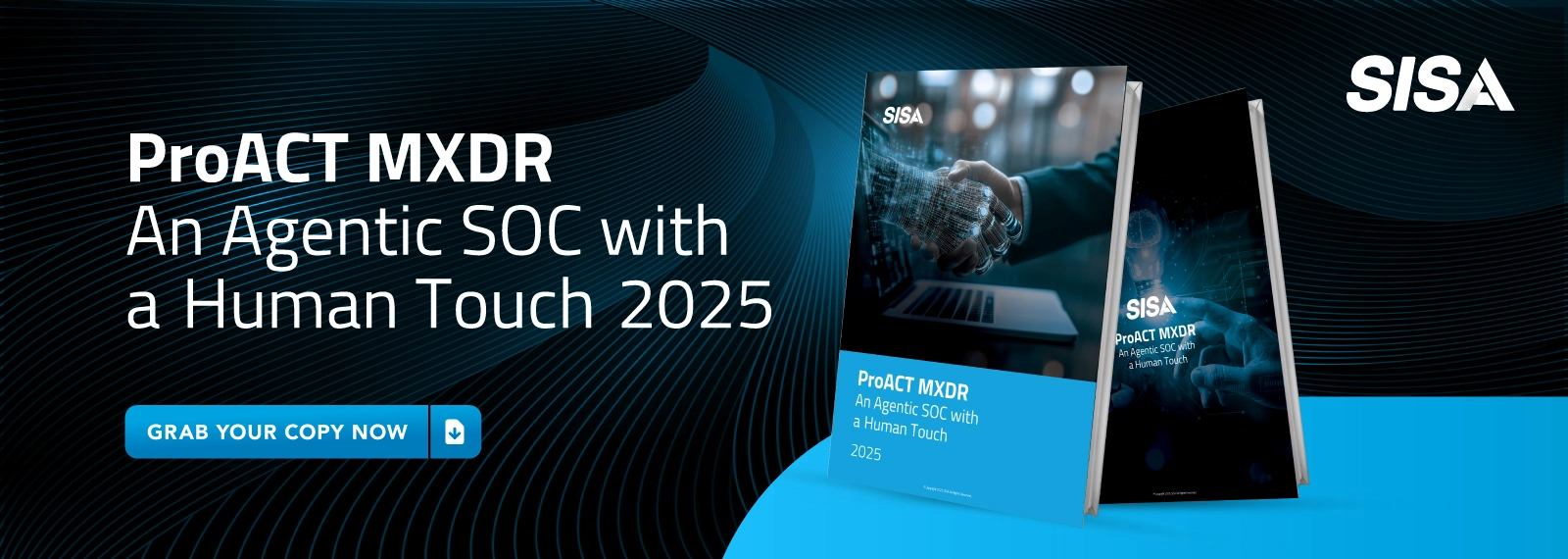
What is PCI Certification & Compliance? Why Is It Important
In today’s digital economy, protecting sensitive customer payment data is essential for building trust and maintaining operational security. The Payment Card Industry Data Security Standard (PCI DSS) serves as the cornerstone of these efforts, ensuring that organizations handle credit card information in a secure environment. Whether you’re a global enterprise or a small business, understanding PCI certification and compliance is critical. Let’s explore what PCI certification entails, its importance, and answers to frequently asked questions (FAQs) about becoming and staying PCI compliant.
What is PCI Certification?
PCI certification refers to an organization’s adherence to the Payment Card Industry Data Security Standard (PCI DSS), a set of security requirements established by the Payment Card Industry Security Standards Council (PCI SSC). Founded in 2006 by major payment card brands like Visa, MasterCard, American Express, Discover, and JCB, the PCI SSC oversees the standards designed to safeguard cardholder data during processing, storage, and transmission.
Organizations must meet specific requirements to achieve PCI certification, which acts as proof that they have implemented robust security measures to protect sensitive payment card information.
Why is PCI Compliance Important?
Compliance with PCI DSS offers multiple benefits, including:
- Protecting Customer Data: PCI compliance ensures that credit card information is safeguarded against breaches and fraud, fostering trust with customers.
- Preventing Data Breaches: Robust security controls minimize vulnerabilities, helping to avoid costly and reputation-damaging data breaches.
- Avoiding Fines and Penalties: Non-compliance can result in fines up to $500,000 per breach incident, along with legal and contractual penalties.
- Boosting Reputation: Customers and partners view PCI-compliant businesses as trustworthy, leading to stronger relationships and customer loyalty.
- Ensuring Business Continuity: Compliance reduces the likelihood of disruptions caused by data breaches or security incidents.
Key PCI DSS Requirements
PCI DSS comprises 12 key requirements organized under six major goals. Here’s an overview:
- Build and Maintain a Secure Network
- Install and maintain firewalls.
- Avoid using default vendor passwords.
- Protect Cardholder Data
- Encrypt transmitted data.
- Protect stored data with robust encryption methods.
- Maintain a Vulnerability Management Program
- Use and regularly update antivirus software.
- Patch vulnerabilities promptly in systems and applications.
- Implement Strong Access Control Measures
- Restrict access to cardholder data based on business needs.
- Assign unique IDs to individuals accessing data.
- Regularly Monitor and Test Networks
- Track and log all access to network resources and cardholder data.
- Perform routine security testing and vulnerability scans.
- Maintain an Information Security Policy
- Develop, disseminate, and regularly review security policies for all personnel.
Best Practices for PCI Compliance
- Implement Network Segmentation: Isolate cardholder data environments to minimize compliance scope.
- Use Strong Encryption: Employ industry-standard encryption protocols like AES-256.
- Regular Security Audits: Perform vulnerability scans, penetration testing, and security assessments.
- Enforce Employee Training: Train staff on PCI compliance requirements and secure handling of cardholder data.
- Monitor and Log Activity: Use security tools to monitor access and detect anomalies in real-time.
Conclusion
PCI compliance is not just a regulatory requirement—it’s a commitment to safeguarding customer trust and ensuring business resilience. By adhering to PCI DSS standards, your organization can minimize risks, enhance its reputation, and build a secure foundation for future growth.
Take the necessary steps to achieve and maintain PCI certification, and embrace it as an ongoing process that evolves with the ever-changing cybersecurity landscape.
FAQs About PCI Certification & Compliance
1. Who Needs PCI Compliance?
Any organization that accepts, processes, stores, or transmits payment card information must comply with PCI DSS, regardless of size or transaction volume.
2. What are the Levels of PCI Compliance?
There are four levels based on transaction volume:
Level 1: Over 6 million annual transactions.
Level 2: 1 to 6 million transactions.
Level 3: 20,000 to 1 million transactions.
Level 4: Fewer than 20,000 e-commerce transactions annually or up to 1 million other transactions.
3. How Do You Achieve PCI Certification?
Steps include:
Determining your compliance level.
Completing the appropriate Self-Assessment Questionnaire (SAQ).
Conducting vulnerability scans through an Approved Scanning Vendor (ASV).
Completing and submitting an Attestation of Compliance (AOC).
4. What Happens if You’re Not Compliant?
Non-compliance can lead to financial penalties, higher transaction fees, suspension of card processing privileges, and reputational damage.
5. Does PCI Compliance Guarantee Security?
While PCI compliance establishes a robust security baseline, it doesn’t guarantee immunity from breaches. Ongoing risk management and proactive security measures are essential.
6. How Often Do You Need to Validate PCI Compliance?
Validation is required annually, though organizations should continuously monitor and update their security measures to stay compliant.
7. What is the Role of a Qualified Security Assessor (QSA)?
A QSA is a certified professional who performs on-site audits to verify compliance with PCI DSS requirements.
8. Can Outsourcing Payment Processing Relieve PCI Obligations?
While outsourcing can reduce the scope of PCI compliance, your organization is still responsible for ensuring that third-party providers are compliant.
Latest
Blogs
Whitepapers
Monthly Threat Brief
Customer Success Stories
 USA
USA India
India APAC
APAC Middle East
Middle East Global
Global



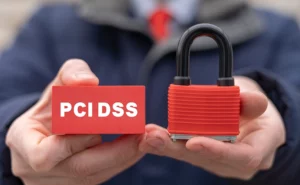
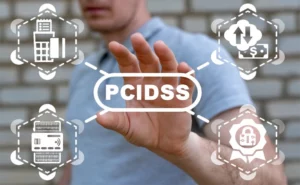

 Facebook
Facebook Linkedin
Linkedin  X
X Youtube
Youtube


